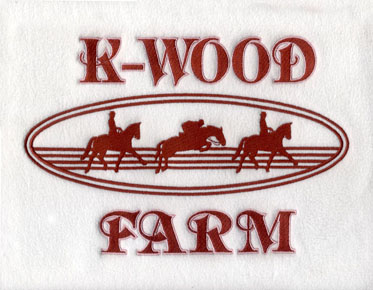Unveiling the Art of Transforming Vector Graphics: Conversion Techniques and Tools
Introduction: Transforming the Essence of Vector Graphics
The world of design demands flexibility, and this often requires transforming vector graphics into different formats. Be it for print, web, or other applications, mastering the art of conversion is essential. In this article, we unravel the techniques and tools that allow seamless transformation of vector graphics while retaining their essence.
Rasterizing for Bitmap Images: Capturing Pixels
Converting vector graphics to bitmap images involves rasterization – a process that converts smooth vector lines into pixel-based grids. Adobe Photoshop is a powerful tool for this purpose. By opening vector files and exporting them as formats like JPEG or PNG, you create images with defined resolutions. Balancing resolution and image quality is key to achieving clear visuals.
Preserving Scalability: The Power of PDFs
PDFs are the go-to format for preserving vector graphics' scalability and quality. Exporting vector files as PDFs using tools like Adobe Illustrator or Inkscape ensures that the vectors' attributes remain intact. This means viewers can zoom in without compromising image clarity. PDFs are perfect for sharing intricate designs, diagrams, and documents.
Transforming Bitmaps: Raster to Vector Conversion
When vectorization is the goal, turning raster images into vectors becomes vital. This process involves tracing the pixel-based image to recreate it in vector form. Adobe Illustrator's "Image Trace" and specialized software like CorelDRAW can achieve this. Raster to vector conversion is handy when you need to revamp an existing image in vector format.
Online Conversion Tools: Convenience at Your Fingertips
In the digital age, online tools offer simplicity and accessibility for format conversion. Platforms like Zamzar and Online-Convert streamline the process, making it easy to convert a variety of file types. However, their customization options might be limited compared to dedicated software.
Conclusion: Empowering Creativity through Conversion Mastery
The ability to transform vector graphics into various formats empowers designers to adapt their creations to diverse contexts. Whether converting to images, PDFs, or reimagining raster images in vector form, the tools and techniques outlined in this article open up a world of creative possibilities. As design landscapes continue to evolve, mastering the art of conversion becomes an essential skill for all creators.



